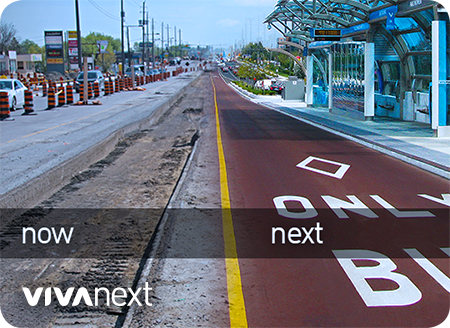When it comes to traffic lights, there is a clear favourite: no one likes red, but everyone loves green. And those advanced green arrows are great, except that they never seem to last long enough. Seriously, traffic signals are one of those aspects of commuting that we all have strong feelings about. But what determines when a light changes from red to green, and how long that advanced green should last? Let’s try to shed some light on that…
There’s nothing random about the timing of traffic signal phases, and their design has only one goal: to move traffic and pedestrians as freely and safely as possible along our roadways. As with all aspects of civil and urban design, things are more complicated than they might seem, requiring clear priorities and tradeoffs to balance out everyone’s needs. Here are the basics.
In traffic engineering-speak, a signal phase refers to the operation for all approaches to an intersection [e.g., a red light will show for a side street at the same time as the main road has a green light]. A cycle is the entire combination of phases for an intersection [red, green, amber, advanced green etc.]. A cycle can range from 90 to 160 seconds [meaning if you miss a green light, that’s how long you could wait until the next one], although the timing depends on the intersection and the time of day.
Determining what phases are needed for the cycle, and how long each phase will last, reflects the needs of all users – including transit, pedestrians, cyclists and drivers. Some phases in the cycle length ensure that road users are not in conflict with one another [for example, drivers can’t exit a side street at the same time as drivers are going straight through on the main road]. Also, some users’ needs will be parallel within a phase – e.g., pedestrians, transit and drivers all travelling in the same direction.
Decisions about phases, and how long they last, take into account actual traffic volumes and how traffic patterns change throughout the day. Timing is designed to make the intersection work as efficiently as possible [meaning moving through the largest numbers of users], and minimize delays for all road users [although with many roads at or over capacity during rush hour, signal timing alone can’t solve congestion]. Signal priority is also provided to fire, ambulance and transit, where the signals change to provide priority right-of-way to emergency vehicles and some transit vehicles, without violating the pedestrian timings.
Timing for each phase is based on the minimum timings required by provincial standards. These include minimum timings for pedestrians, motorist and vehicle clearance [amber and red timings] based on several factors, including the width of the intersection, and traffic speed [posted and operating].
Proximity to other infrastructure also has an impact on priorities and the timing of phases. For example, the Ontario Ministry of Transportation may have jurisdictional control over the timing of lights at some intersections, depending on how close the intersection is to a provincial highway off-ramp or railway crossing.
Ultimately, any one cycle has only so many seconds, and no one wants to wait longer than they have to. So the design of traffic signals needs to balance everyone’s needs, while working out the best way to move traffic through an intersection and along a thoroughfare, and minimizing delay for all road users. York Region’s Traffic Signal Operations department continually reviews and assesses the performance of the region’s 848 signalized intersections, and adjusts signal timing to get people moving as freely as possible. Please contact traffic@york.ca if you have any traffic signal concerns.
Whether you’re crossing intersections on foot, bus, bike or car, traffic signals are there to move everyone along safely.


